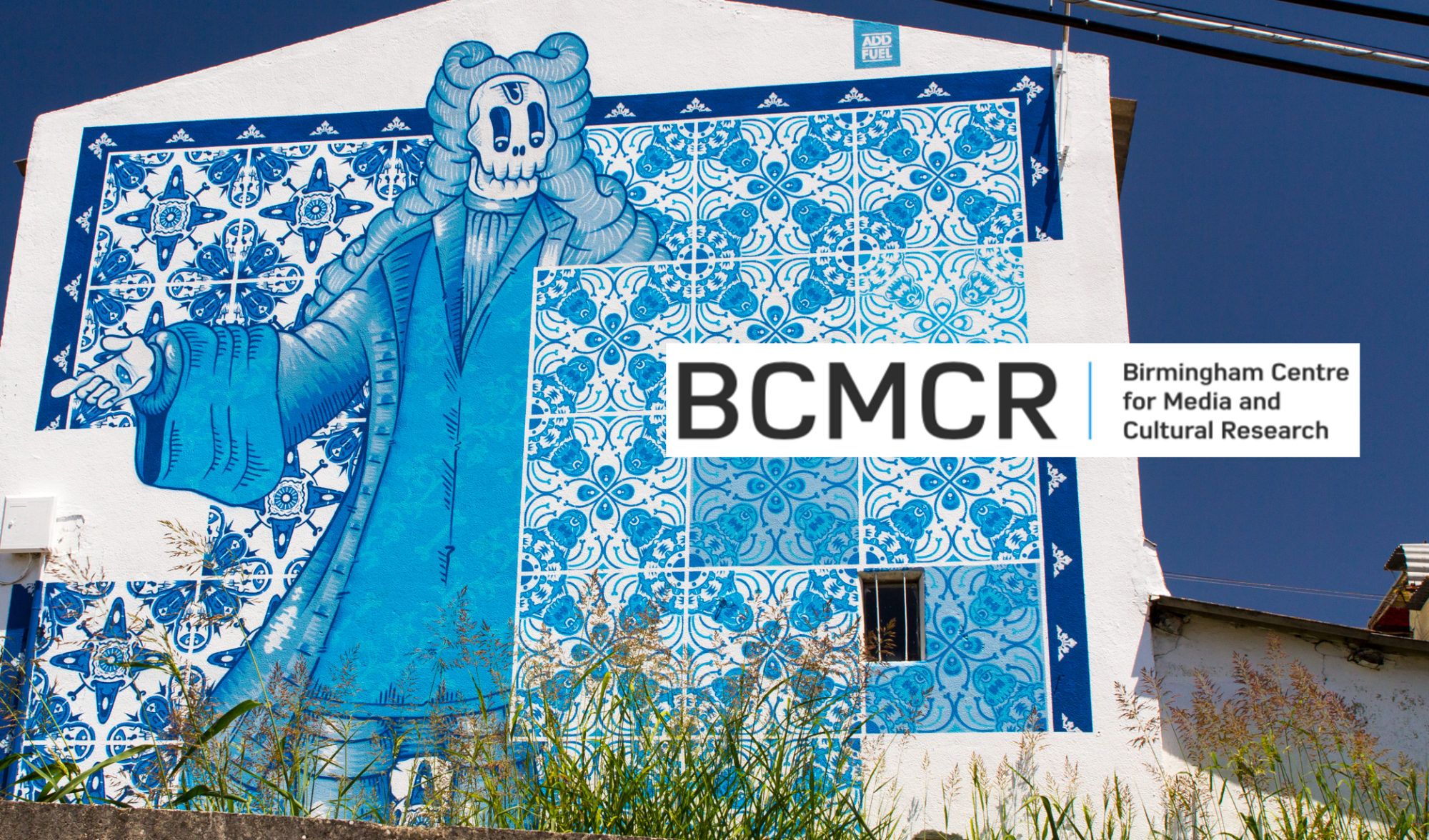by Simon Crisp.
In this recent BCMCR research seminar, two speakers addressed issues of cultural translation applied to heavy metal music. Prof Karl Spracken (Leeds Beckett University) considered various translations involved in the use of throat singing in the genre, while Dr Niall Scott (University of Central Lancaster) looked at the problem of nostalgia in heavy metal, promoted in part by Pat Boone’s 1997 big band compilation of heavy rock and heavy metal hits.
Here I will be focusing on Karl’s talk: Throat-singing as extreme Other: an exploration of Mongolian and Central Asian style in extreme metal.
In his presentation, Karl talked briefly about the history of throat singing, and its use in pre-modern folk culture and music from areas such as China, Mongolia and Tuva. However, it was as he continued to detail examples of how throat singing has recently been deployed in the heavy metal music of artists including Tengger Cavalry and Darkestrah that I questioned the many ways in which its cultural translation could be considered from a variety of perspectives.
It was interesting to think about the intentions of the artists regarding their use of throat singing, and what they were trying to convey, as well as how the audience received it. For example, Karl suggested that while groups like Tengger Cavalry might include throat singing in an attempt to be more authentic to a heritage, others could use it to invoke associations with the anti-modern. Reflecting on this, I found myself questioning the relationship between cultural translation and cultural appropriation, specifically in terms of the original intention of the artist. For example, if two songs sound similar, but were created with different intentions, what does this mean for their role in cultural translation, and how we as observers treat them?
Karl also talked about the reception of the music by heavy metal fans who can see the use of folk music such as throat singing as a way of performing hegemonic masculinity and ideas of national identity. Here the audience is translating the sound of the throat singing into having an array of conceptual, cultural meanings. Because throat singing can be seen as an ‘extreme other’ for many metal fans, Karl said the act of liking or listening to it could also be a form of social capital within the music scene, adding to how the concept of cultural translation can be applied to it.
Another issue I came away from the session thinking about was how do other people for whom throat singing is part of their heritage might consider its translation and use in metal music? Irrespective of the intentions of the musical artists, how do they feel about its repurposing in this form, and indeed the cultural connotations it can be used to convey? Not only could this apply on an individual level, but also regional or national authorities who can seek a level of ownership over forms or cultural heritage.
